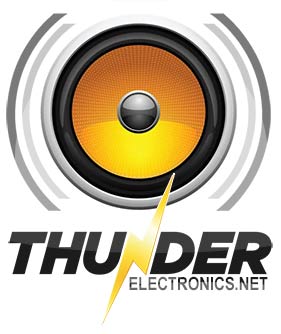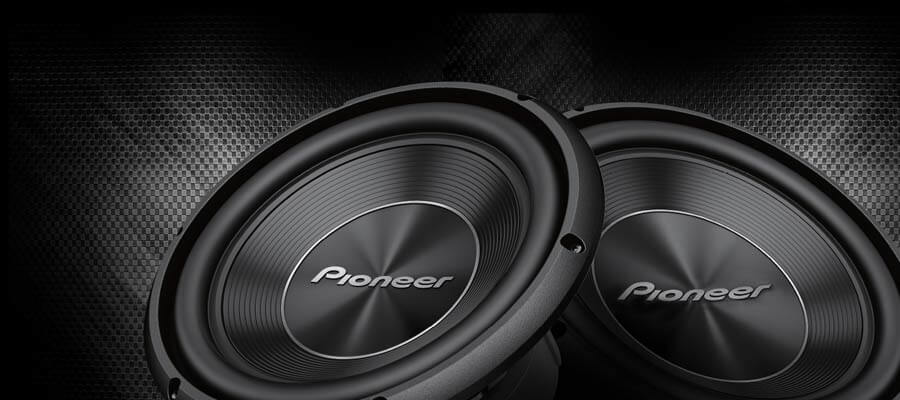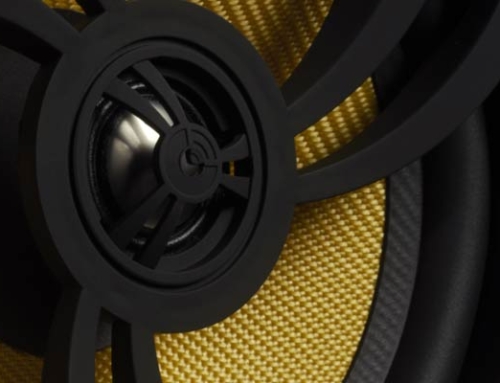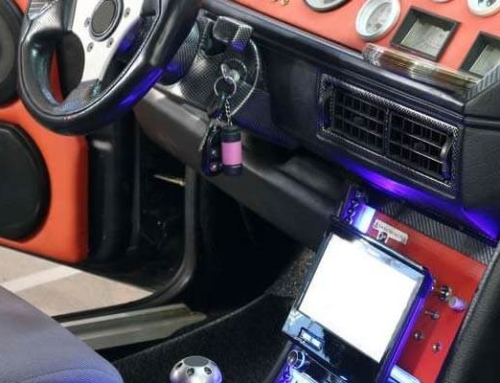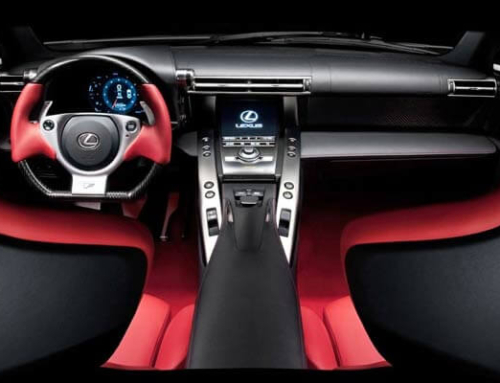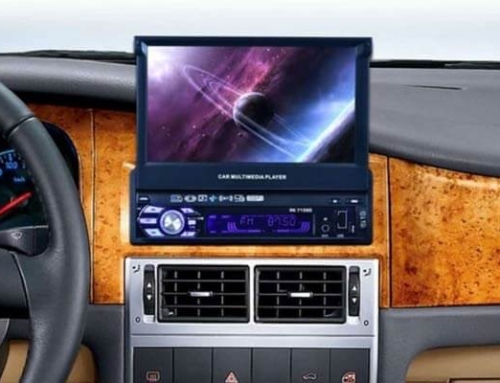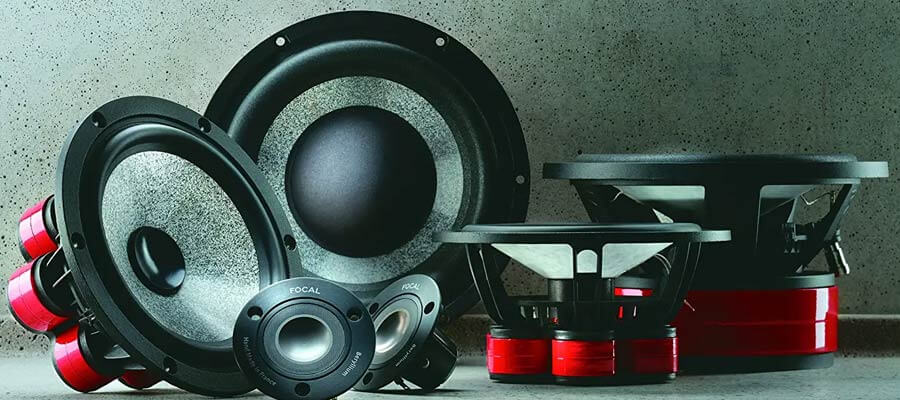
When it comes to car audio and car audio speakers, one should never consider buying them without listening to them. Preferably in a car rather than a display board. Audio and music genres can be highly subjective and polarizing, but the same can be said for audio brands! And I don’t think that this is exclusive to car audio. Home audio, and especially two-channel home audio, is even worse. People fall in love with brands for many reasons. These include things like it was the first brand they purchase, it is what their friends have or like, or they fall for the more often than not misleading advertising and false reviews, so common in the car audio industry.
At the end of the day, it is your money, and you should listen with your ears regales of what the ad, the salesperson, or your friends say. We have come a long way and learned a lot since Johann Philipp Reis installed an electric loudspeaker in his telephone in 1861. And although there is always going to be an Alexander Graham Bell in some garage trying to come up with something new, there are many trades that good-sounding speakers, regardless of the brand, have in common.
Cone Material – Although not guaranteed, a light nonresonant cone material is ideal. After a lot of experimenting with aluminum, titanium, magnesium, polypropylene, and even wood. A cone made out of reinforced paper pulp is hard to beat. And yes, companies like Focal have successfully made melodical speakers out of flax fibers, glass, and carbon composites. Bowers & Wilkins has been using kevlar as their midrange cones since 1974, and Morel’s DPC (Damped Polymer Cones) mid-drivers sound excellent. When it comes to car audio, paper composite continues to be the material of choice. The small details a flax fiber, glass composite, Kevlar, or carbon fiber cone can give will be hard to hear in a vehicle going down the road at 75 MPH.
Surround – The surround, which is the speaker’s suspension, is key to its performance, reliability, and longevity. IMO – what is called an accordion surround seems to have the most midrange and vocal clarity. Perhaps that’s why this is the preferred surround for pro-audio applications. This type of surround consists of a treaded fabric in a wavy fold pattern, much like an accordion. My second choice is Butyl rubber. However, you must consider the cone material when choosing a rubber surround. Unlike home speakers, car speakers are exposed to extreme temperatures. That causes the glue on rubber surrounds to fail, especially on aluminum and polypropylene cones.
Basket – In home audio, a spectrum decay is something most audiophiles look at when trying to improve a driver’s or speaker’s performance. That is not something that car audio enthusiasts pay little to, but perhaps they should if you consider entering an SQ (Sound Quality) competition. The basket of a speaker can ring or resonate around the lower midrange, more often than not between 750Hz and 1500Hz. This will muddy up your center stage. While you can add dampening material to the basket, it is sometimes impractical and an extra expense. Speakers with an aluminum, magnesium, or resin basket are much less prone to frame resonance. Not only that, when a speaker manufacturer pays so much attention to something as simple as the basket, one can assume they have paid as much attention to other parts of the speaker resulting in a much better performing driver.
Motor – The heart of any speaker, from a tweeter to a midrange, or a subwoofer, is the motor. The ability of a motor to keep the voice coil in the gap keeps distortion in check and improves transient. That is the speed at which a speaker can react to small details in the recording. Although there are many good-sounding speakers out there with High Power Strontium Ferrite Magnets, when it comes to tweeters and midrange, you should always favor drivers with neodymium magnets. These are many times more powerful and smaller, making it possible to mount oversize midbass drivers in the doors, build shallow kick-panel pods, etc.
Crossover Components – Low-quality crossover components such as electrolytic capacitors, sand cast resistors, and iron core inductors can be detrimental to any speaker’s sound quality, imaging, and staging capabilities in either a car or home. However, quality crossover components such as air core inductors, poly or film capacitors, and film resistors are not only expensive but also bulky. This should not be a deal breaker because, in these cases, one should consider a discrete system with an amplifier channel per driver to keep the budget in check.
